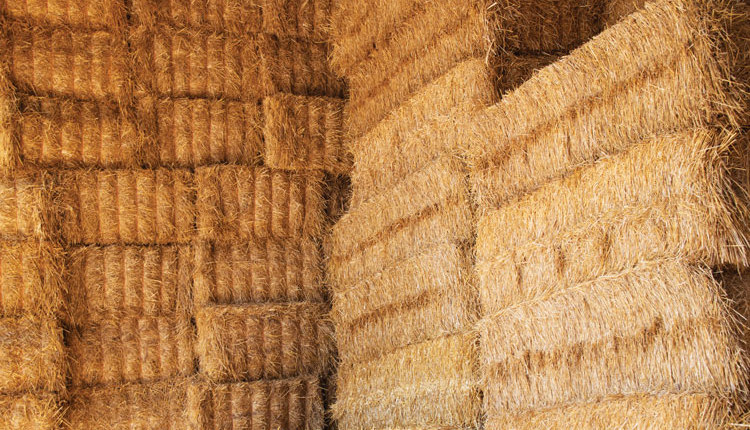
To trim costs, there are two hidden opportunities in heifer rearing, according to Marti. One is to "right-size" your replacement herd by raising fewer heifers. The second is to calve heifers in more efficiently through improved reproduction.
How can you right-size your heifer inventory? You can either sell bottom-end heifers that are likely to become less-profitable cows, or you can produce the precise number of heifers you need for the next generation, Marti explained.
If you want to sell bottom-end heifers, you first need a strategy to identify these animals. This could be done with genomic testing, pedigree information or phenotypic evaluation.
If you decide to only raise the heifers you need, calculate carefully. Estimate the number of heifers you need born per year, taking into account potential death loss before calving. Again, you would need to determine a way to rank and evaluate animals in the herd. Choose the number of cows and heifers you will breed to dairy semen, either sexed or conventional. Extra animals could be bred to beef semen or used as embryo recipients.
Managing inventory this way may be the more risky option. The key is to keep the right number of replacements so that you don't find yourself needing to purchase heifers or cows later on.
Improving heifer reproduction starts with knowing where you stand. "Is it as good as you think it is?" asked Marti. "How do you know? What measures drive heifer reproduction?" She said your goals should be to improve pregnancy rate, lower the age and variation of age at first calving, minimize nonpregnant culls and cut overall rearing expenses.
Her advice is to move heifers to the breeding pen every week once they reach breeding age, and ensure heifers are bred shortly after entering the A.I. pen. "First service is a critical first step. Get all animals bred at least once within the first 21 to 30 days after the voluntary waiting period." Routinely check for pregnancy, and be timely if rebreeding is necessary. Timed A.I. can be a useful tool in heifers if needed, she said.

The author is an associate editor and covers animal health, dairy housing and equipment, and nutrient management. She grew up on a dairy farm near Plymouth, Wis., and previously served as a University of Wisconsin agricultural extension agent. She received a master's degree from North Carolina State University and a bachelor's from University of Wisconsin-Madison.









